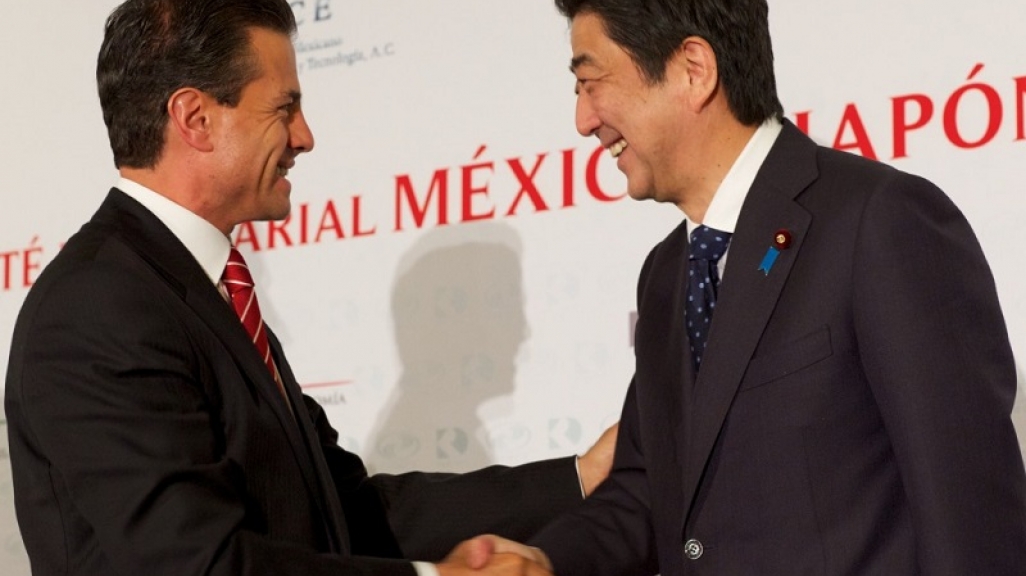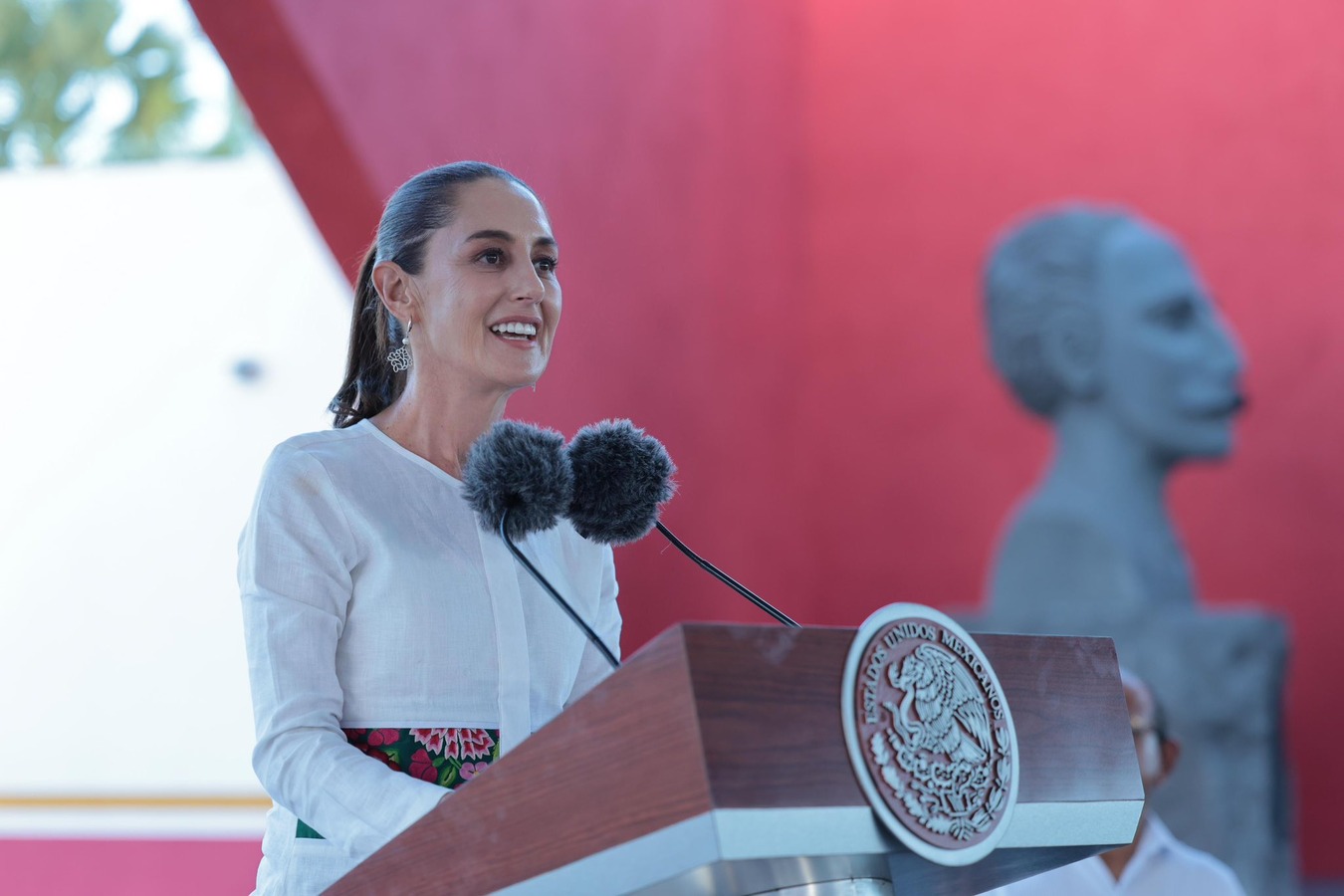Distant Cousins: How Can the U.S. Make the Most of Mexico-Japan Relations?
Distant Cousins: How Can the U.S. Make the Most of Mexico-Japan Relations?
Deepening ties between Mexico and Japan present the U.S. with opportunities in the Asia-Pacific, writes AS/COA’s Kezia McKeague for U.S. News & World Report.
Of the world leaders gathered at the U.N. General Assembly this week, Japanese Prime Minister Shinzo Abe and Mexican President Enrique Peña Nieto have more in common than their countries’ geographic and cultural distance would suggest. Reformers from once hidebound political parties, they have merged bold economic agendas with active international engagement. For both, the United States remains the cornerstone of their foreign policies, even as their commitment to diversifying trading partners brings them closer to each other.
From Washington’s perspective, the Abe-Peña Nieto relationship raises an important question: To what extent can the U.S. wield its experience and influence to shape emerging relations between its allies in disparate parts of the world? The challenge is not to prevent or contain complementary relationships but rather to play a connecting role among nations that share interests and values with the United States. Washington must pay greater attention to the opportunities presented by growing linkages between its own friends.
Both Abe and Peña Nieto entered office in December 2012 bent on reviving their stagnant economies – in the case of Japan, through the three “arrows” of fiscal stimulus, monetary expansion and structural reforms prescribed by “Abenomics.” In Mexico, this occurred through a raft of fiscal, labor, educational, telecommunications and energy reforms. Despite their ambitious domestic agendas, both men have also embarked on peripatetic personal diplomacy, striking an inclusive note in frequent travels that extend well beyond their immediate regions and the primacy of their bilateral relations with the U.S....
Read the full article in U.S. News & World Report's online opinion section.









